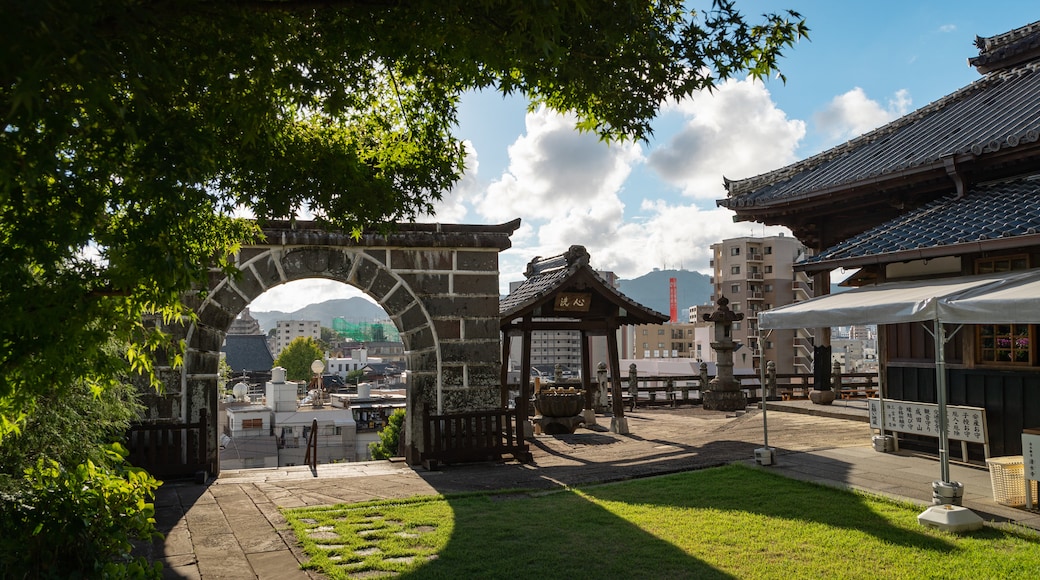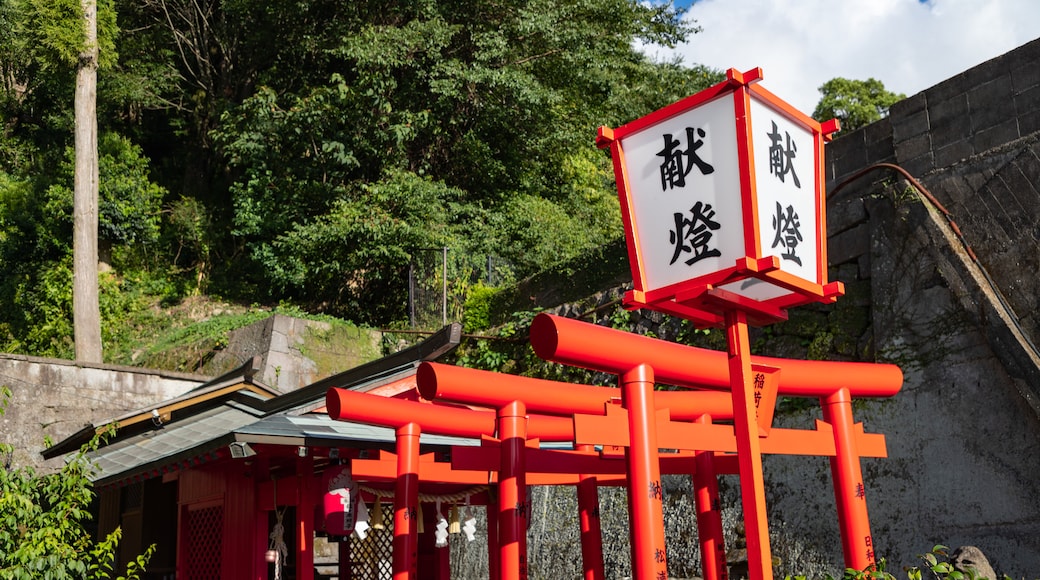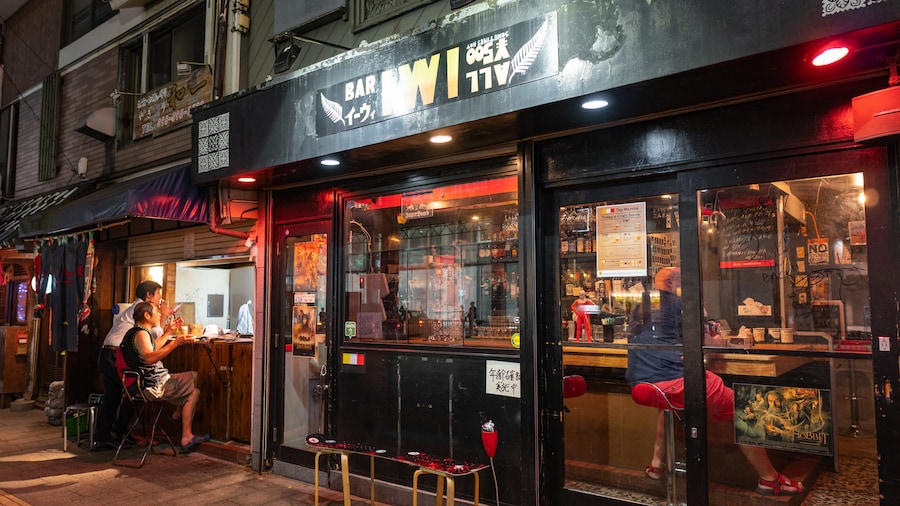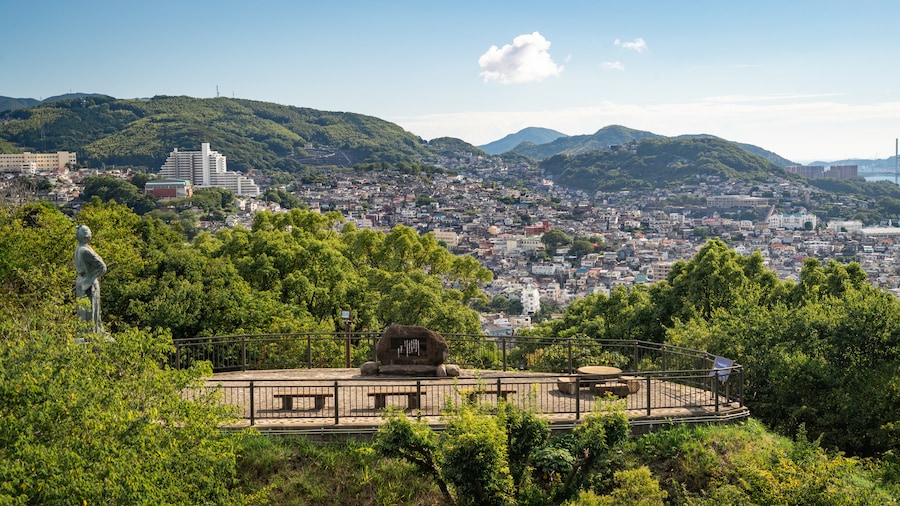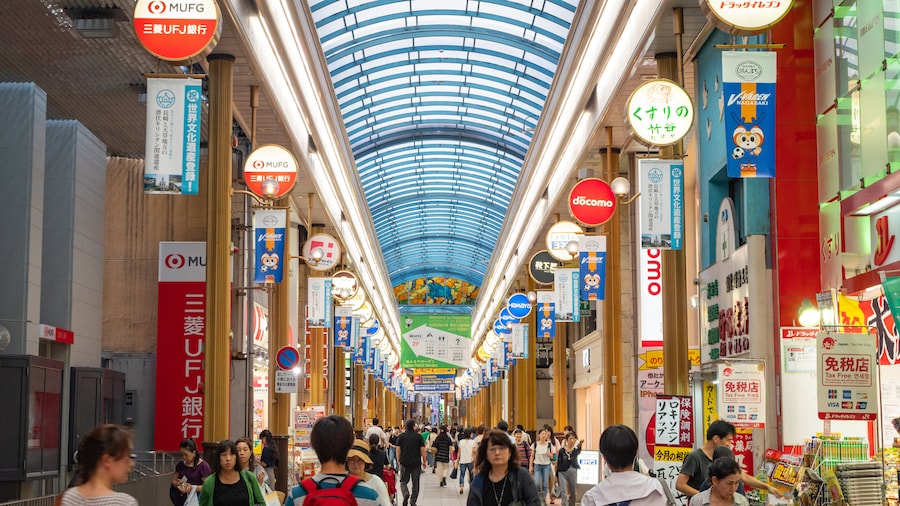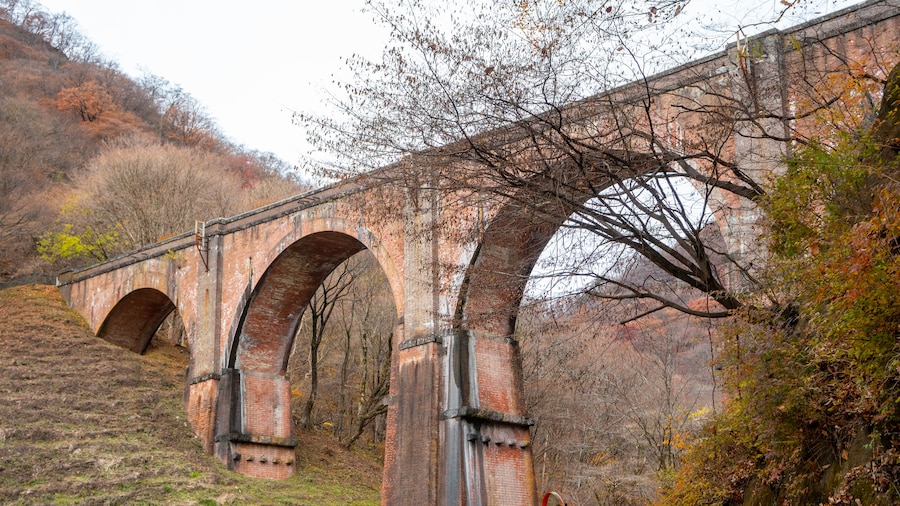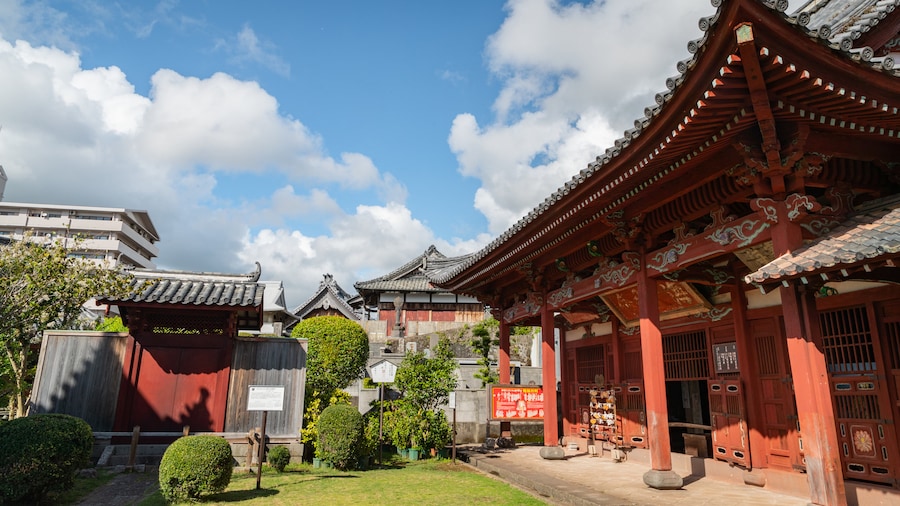Japan’s temples are iconic and have an important religious role. Visit Nagasaki’s temple for something a little different from others.
Nagasaki’s Sofuku-ji temple is in a land of temples, but this one is unusual because it’s Chinese. It was founded in 1629 by Chinese monk Chaonian, with temple segments built in China, disassembled and moved to its current location to serve the city’s growing Chinese population. Even though Japan was closed to foreign trade, Nagasaki had open city status that provided considerable commercial input from China. Reflect on the fact that up to 15 percent of the city’s population were Chinese citizens.
Enter through the Sofuku-ji temple gate, known as the Gate of the Dragon Palace, to be faced with perhaps one of the world’s best examples of Ming Dynasty temple architecture, including in China. As well as a customary statue of Buddha is one of Mazu, the sea goddess, which is understandable considering the amount of historical marine trade between Nagasaki and China. Look for the huge cauldron that fed up to 3,000 people, used during a famine in the late 17th century.
For Chinese temples to be granted permission to operate in Japan, they had to be included in a sect. There were three such Zen sects in the country, with Sofuku-ji temple coming under the Obaku sect. This allowed priests and monks from China to serve the temple.
This religious place for those who originated from China’s Fujian Province has earned the distinction of being one of Japan’s national treasures. Visit another nearby temple, Kofuku-ji, which was built for residents originating from Nanjing, China. Nagasaki has two more Chinese temples: Shofuku-ji and Fukusai-ji.
Find Sofuku-ji temple by riding on tramline 1 or 4 to Shokakuji-shita stop, followed by a short walk up a hill. An admission fee is required and it’s open daily. A stroll along Teramachi-dori, meaning Temple Street, will let you view the other Chinese places of worship in Nagasaki.
